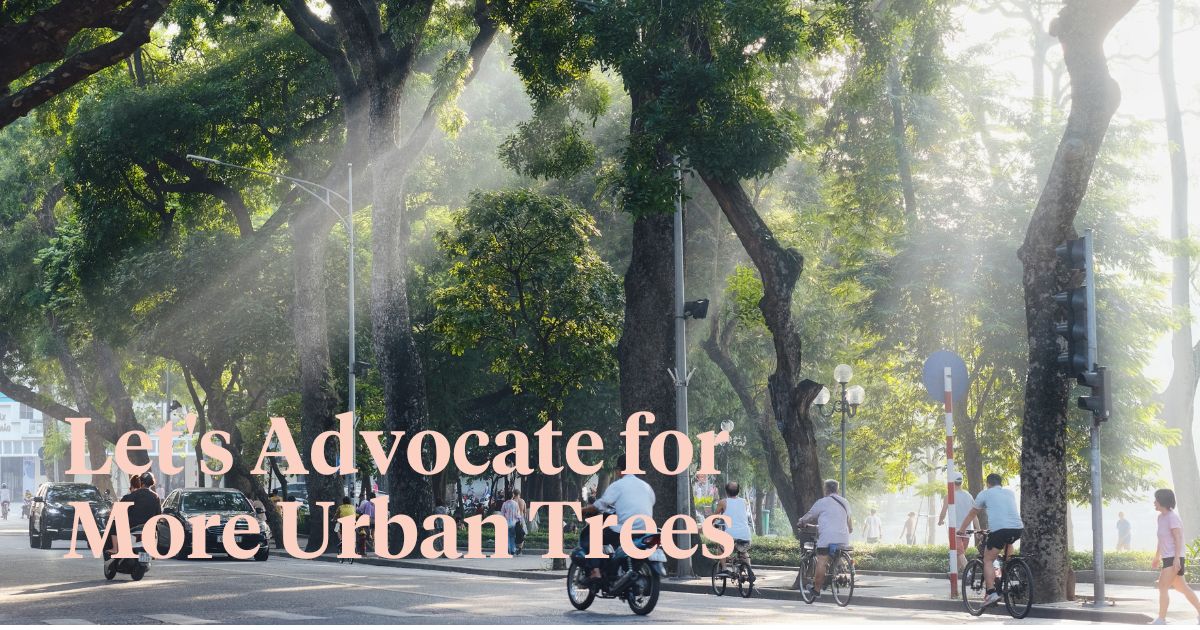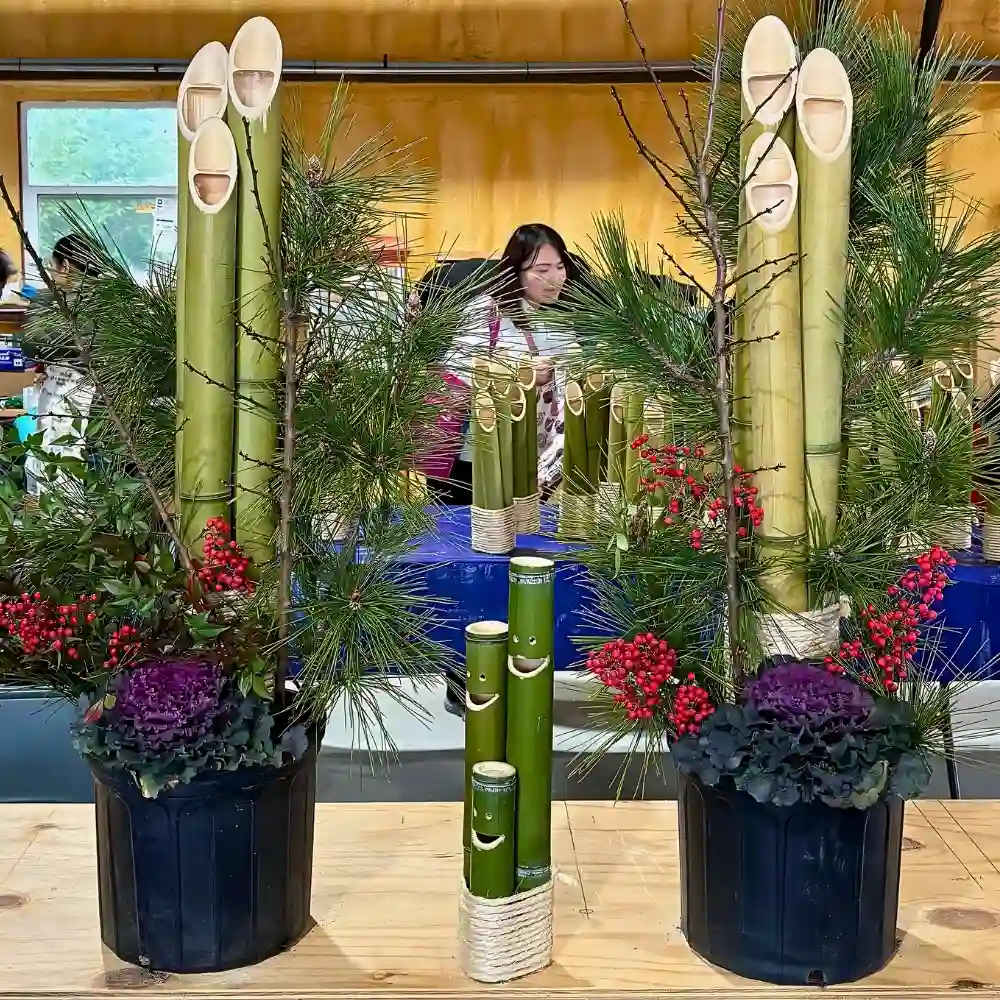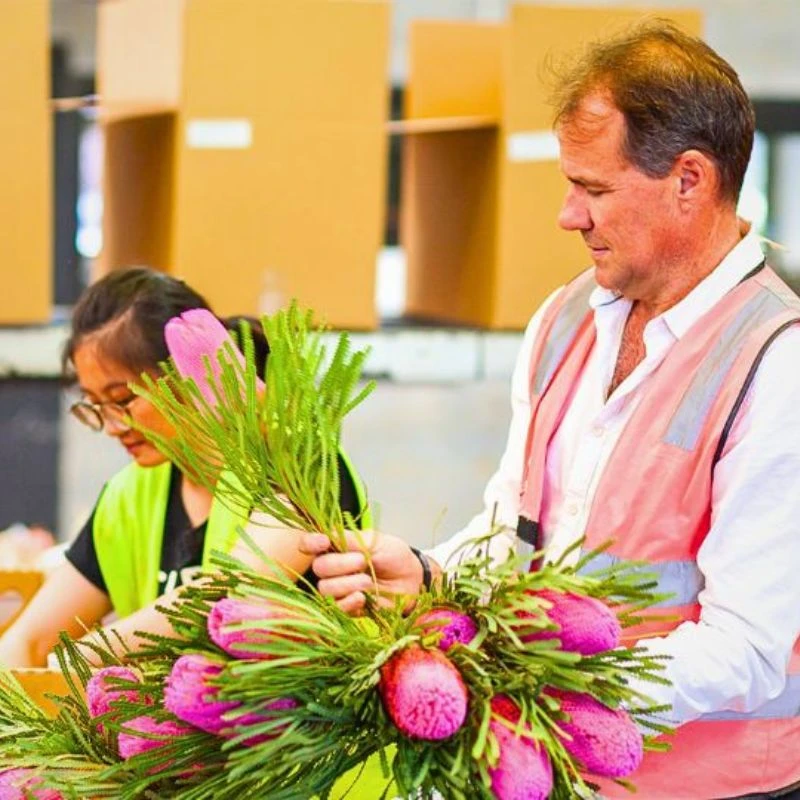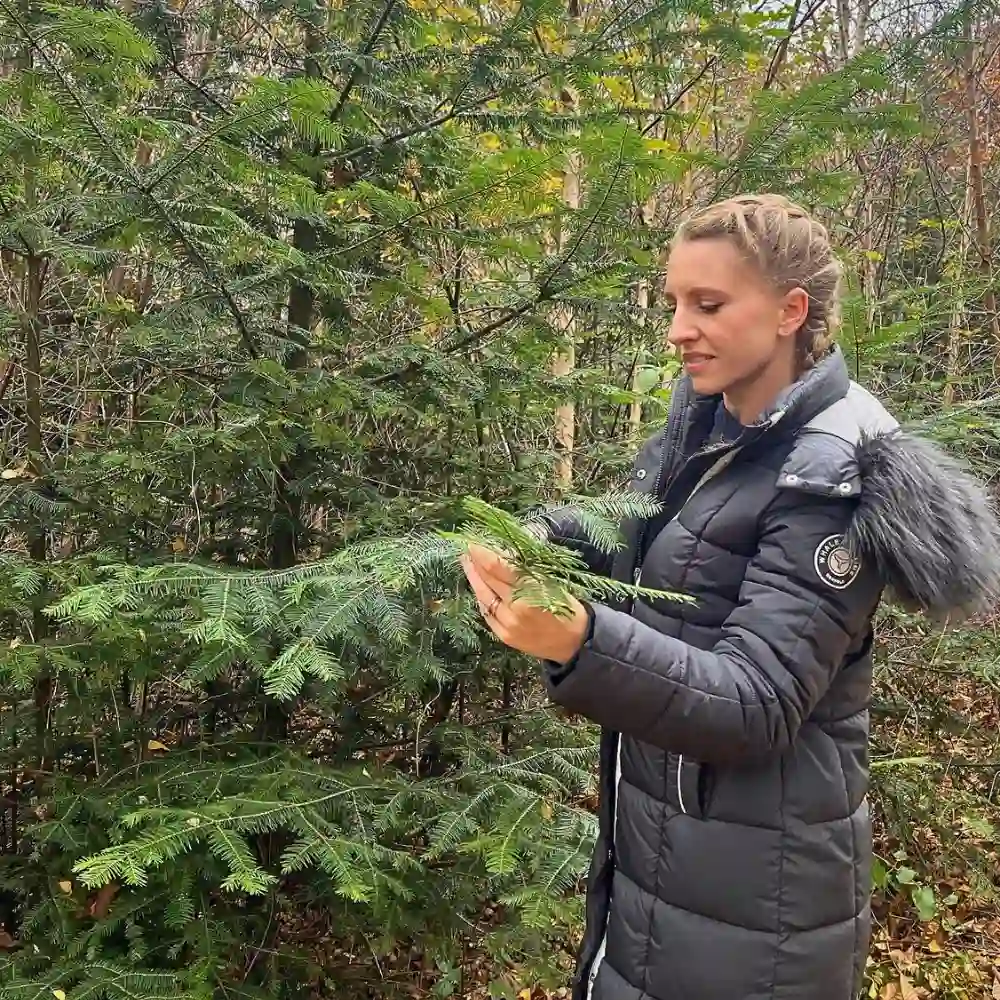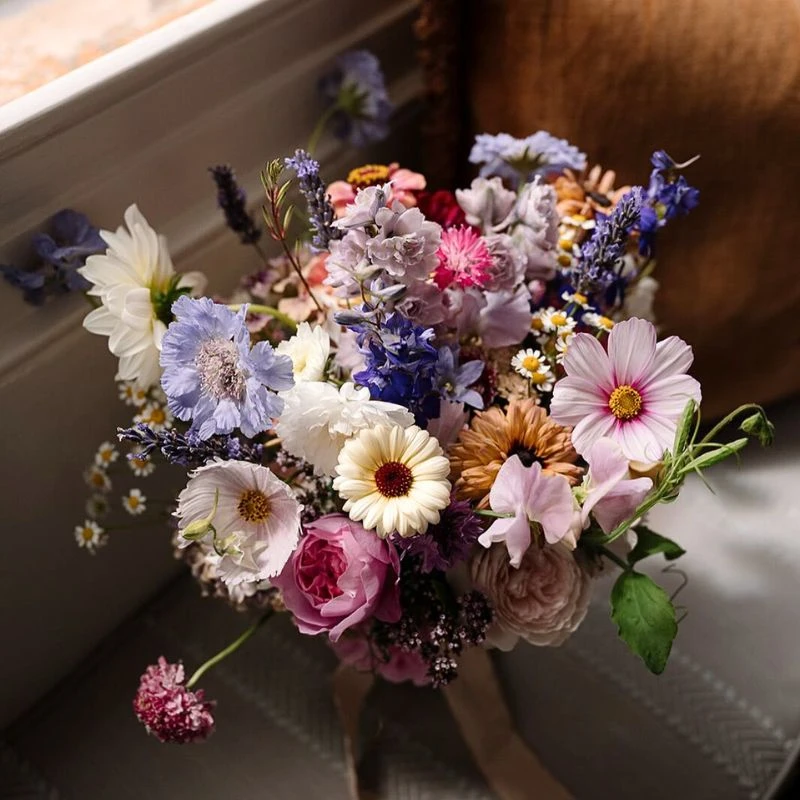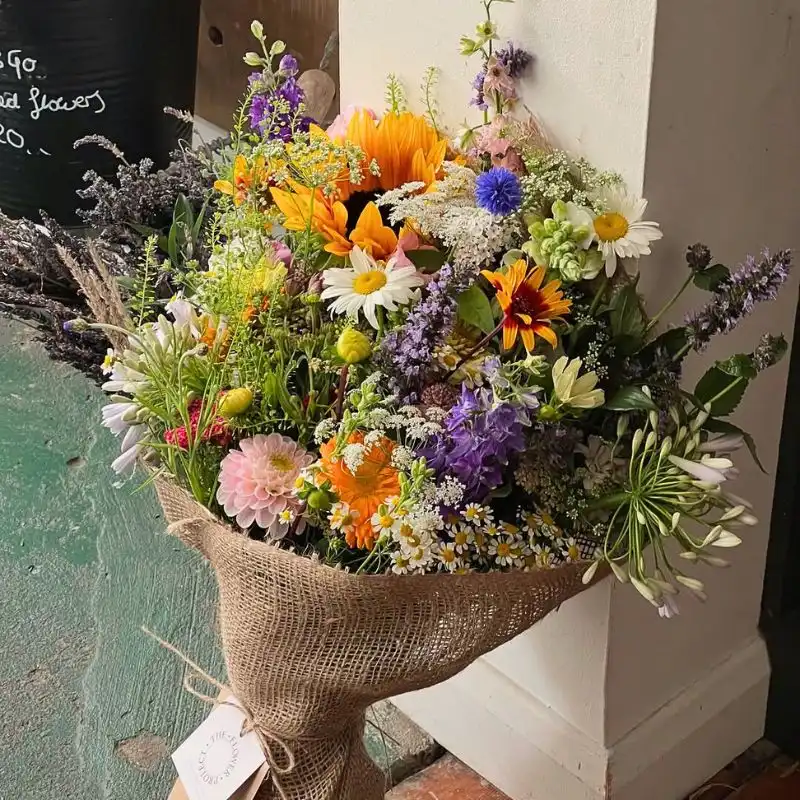Imagine a cityscape adorned with lush green canopies, flowering beauties, and towering trunks. Picture the beauty, tranquility, and practical benefits that trees in cities bring. Intrigued? Read on to discover why adding more greenery to our concrete jungles is not just a dream but a necessity.
Trees in Cities: Unveiling the Green Revolution
The term 'concrete jungle' is more real now than ever before. With towering skyscrapers, bustling traffic, and technological marvels, cities symbolize human innovation. However, this has often come at the cost of natural beauty. Trees in cities are not just ornamental; they are vital for maintaining a healthy urban ecosystem.
In ancient civilizations like Mesopotamia and Egypt, trees were planted for their symbolic, aesthetic, and practical benefits, such as shade and fruit production. During medieval times, European cities had communal orchards and medicinal herb gardens, but widespread urban forestry wasn't common.
With the Industrial Revolution, the rapid expansion and pollution of cities in the 19th century led to the 'City Beautiful' movement in the United States and similar initiatives in Europe. These aimed to integrate nature into urban design for health and aesthetic reasons.
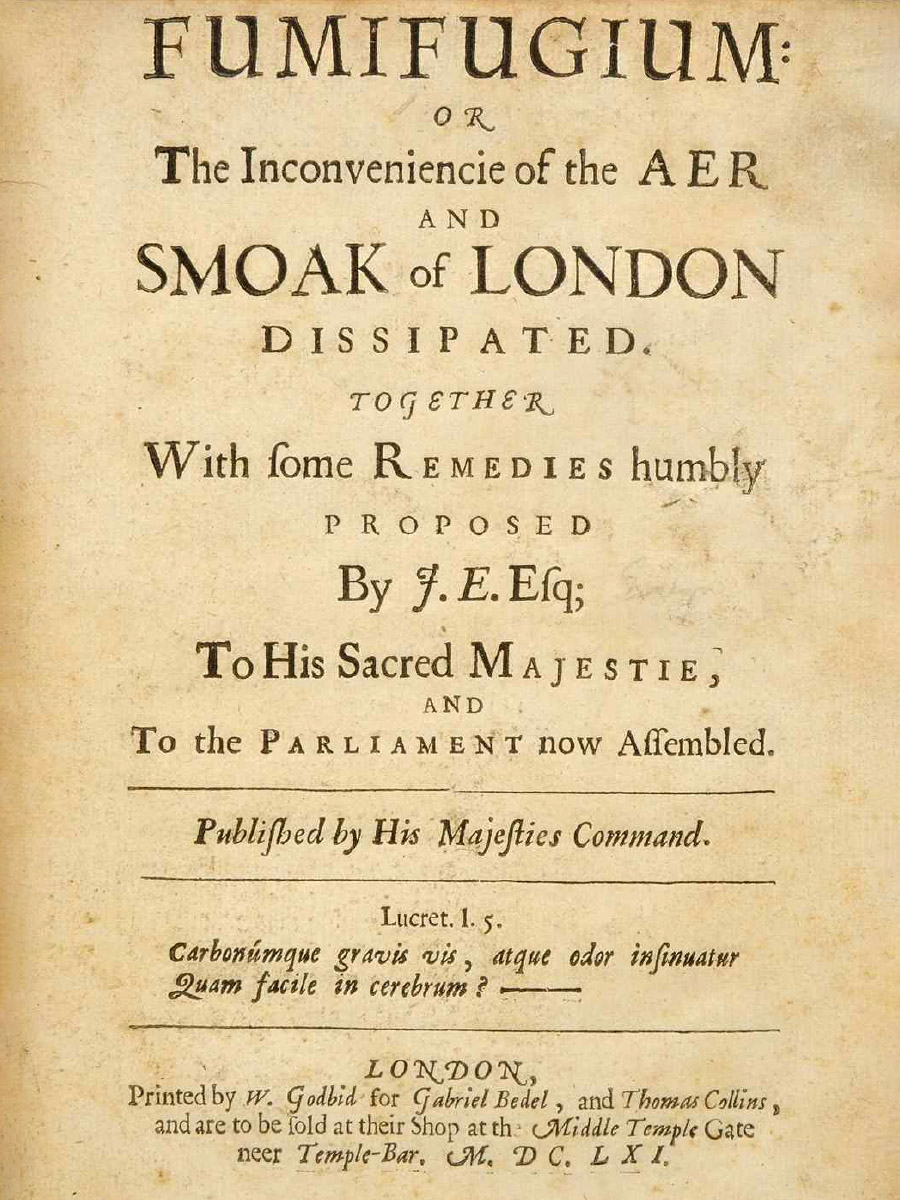
Frederick Law Olmsted, famed for designing Central Park in New York City in 1858, was a leading figure in this movement. His work demonstrated how green spaces could improve public health and well-being, setting a precedent for urban planning. In the 20th century, the concept of 'urban forestry' began to take shape, emphasizing not just parks but individual street trees for their ecological benefits, including air purification, stormwater management, and heat reduction.
Today, programs like 'MillionTreesNYC' in New York City, initiated in 2007, aim to plant large numbers of trees to achieve various environmental and social benefits. The inclusion of more trees in cities is now a global movement, and it's more important than ever. From improving air quality to acting as natural stress-busters, urban trees offer a plethora of benefits that are indispensable in modern life.
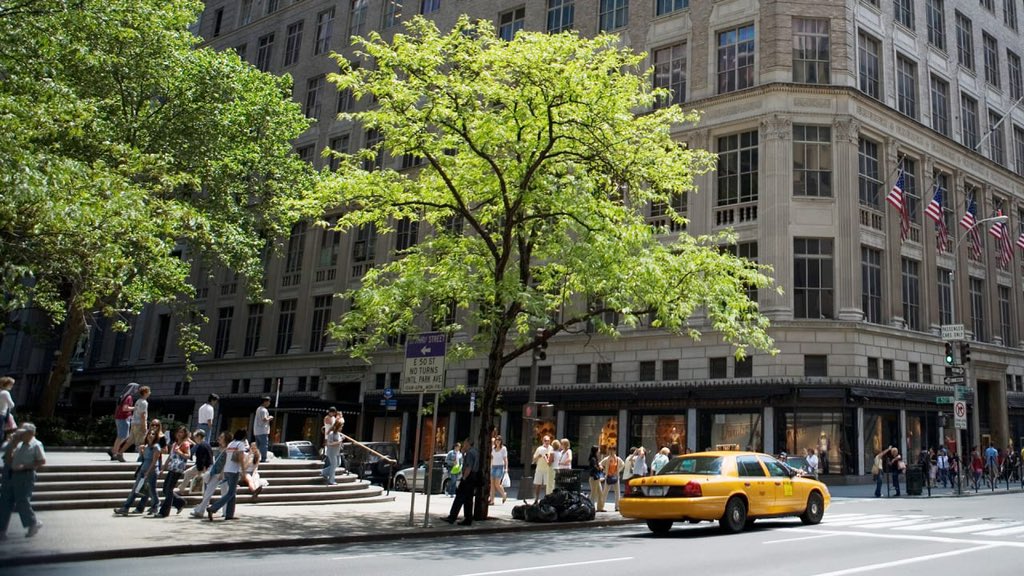
Urban Trees: 12 Reasons Why Cities Need More Trees
1) Temperature Control
One large tree can perform the job of ten air conditioning units, cooling down the immediate environment significantly. Trees in cities are capable of reducing street temperatures by more than 30%, making hot summer days more bearable for everyone. Imagine transforming our urban heat islands into cool, comfortable sanctuaries!
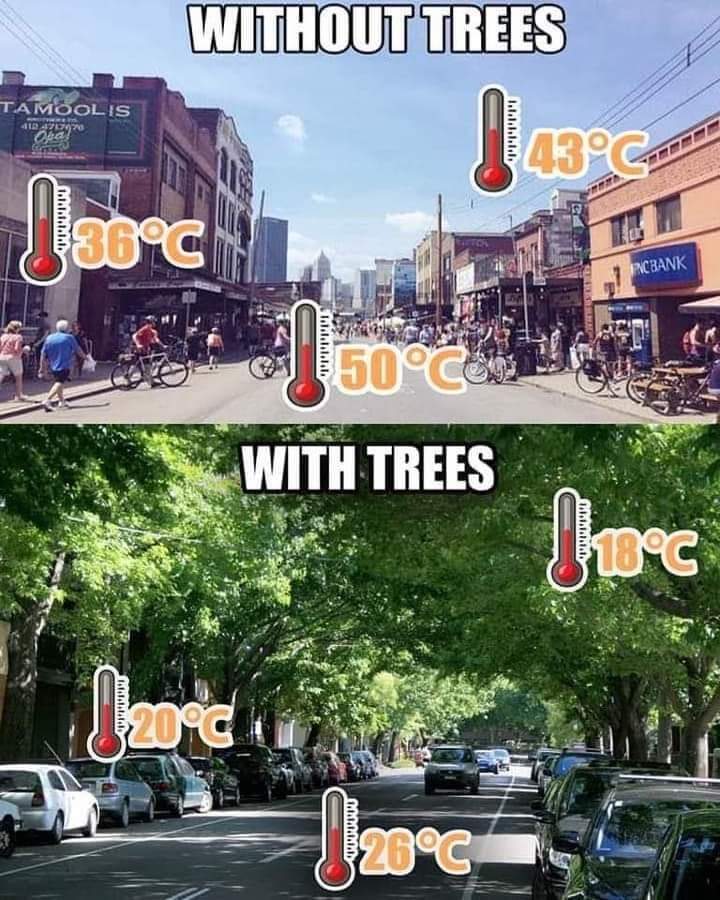
2) Noise Reduction
Noise is an inescapable element of city life. Thankfully, urban trees are remarkably effective noise barriers. Studies show that trees can reduce noise levels by up to 50%, acting like natural mufflers against the constant barrage of cars, construction, and sirens.
3) Air Purity
Urban trees are like giant air purifiers. They filter out harmful pollutants and toxins, drastically improving the air quality. Given that many cities are struggling with air pollution, adding more trees to the mix can significantly improve public health and well-being.
4) Oxygen
Trees not only remove pollutants but also replenish oxygen levels. Urban environments generally have lower oxygen levels compared to rural areas. Planting more trees in cities can be a simple yet effective solution to this issue, making our cities healthier places to live.
5) Water Management
Trees play a critical role in managing water resources. Their roots absorb large quantities of water, reducing flooding risks and preventing runoff. This is not just about preventing waterlogged streets; it also ensures that our city's water supply remains clean and sustainable.
6) Psychological Health
Urban trees make us happier! Studies confirm that greenery has a positive impact on our mental health. Walking under a canopy of trees can instantly lift your spirits, reduce stress, and improve your emotional well-being. The consequential benefits of being happier and more peaceful — as individuals and as a society — are immense.
7) Physical Health
Green spaces encourage outdoor activities. Whether it's cycling, running, or simply walking, people are more inclined to engage in physical exercise when surrounded by trees. A knock-on effect of people spending more time outdoors is also social integration and stronger communities. More trees in cities mean healthier, more active communities.
8) Privacy
Trees add a layer of privacy in crowded urban settings. Whether you're enjoying a quiet moment in a park or looking out from your window, trees provide that much-needed visual barrier.
9) Economics
It's difficult to quantify the total economic benefits of urban trees, but the rewards far outweigh the costs. From attracting tourists to increasing property values, trees contribute to a city’s economic health in numerous ways.
10) Wildlife
Trees serve as habitats for various wildlife species. Birds, insects, and small mammals find refuge among the branches, creating a biodiverse ecosystem right in our urban centers.
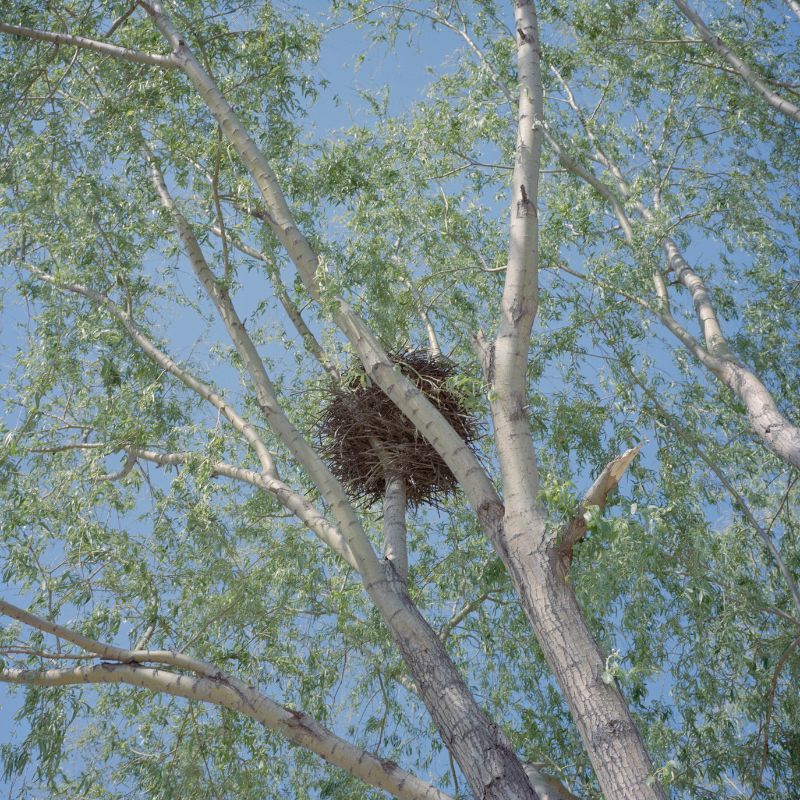
11) Light Pollution
Trees in cities can help combat light pollution. By disrupting upward-shining light from street lamps, cars, and buildings, trees contribute to clearer skies and a more beautiful urban nightscape. Skies are clearer in cities with more trees.
12) Aesthetics
Last but not least, trees are aesthetically pleasing. They introduce a variety of colors, shapes, and textures to the urban scene, adding beauty and charm to our daily lives. Trees break up the potential monotony of urban environments — the sharp geometry, the greyscale roads, and buildings, the endless rows of cars — with their trunks, boughs, canopies, and flowers.
Just think: the gold and red of falling leaves in autumn, the white and pink blossom of spring, the vast green canopies of summer, and the branches lined with hoar-frost in winter. Every single tree is a myriad of intricacy and texture, of color and scent, of dappled light on the pavement, mottled bark, knotted roots, clustered leaves, and delicate petals and stern boughs. Few streets would not be improved by the kaleidoscopic aesthetic delights of a tree, not to mention the many different species of tree, all over the world, whether willow, oak, lime, cherry, aspen, maple, birch, horse chestnut, dogwood, hornbeam, ash, sycamore... the list goes on.
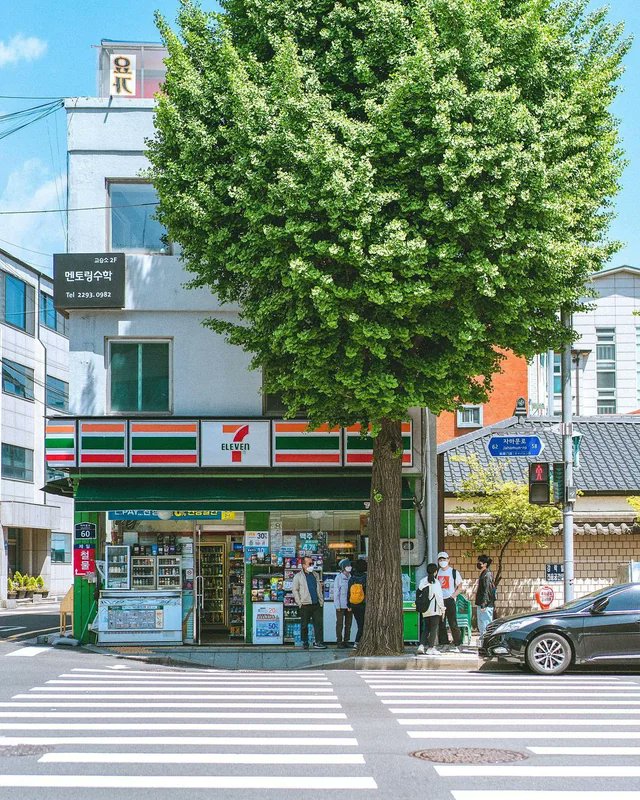
Greening the Future, One Tree at a Time
There are some drawbacks to urban trees, most of them context-specific, and they are not — of course — universally appropriate. But it seems fair to say that many cities would benefit from at least a few more trees here and there. As lovers of all things floral and beautiful, let's advocate for more urban trees and turn our cities into blooming sanctuaries of joy and well-being.
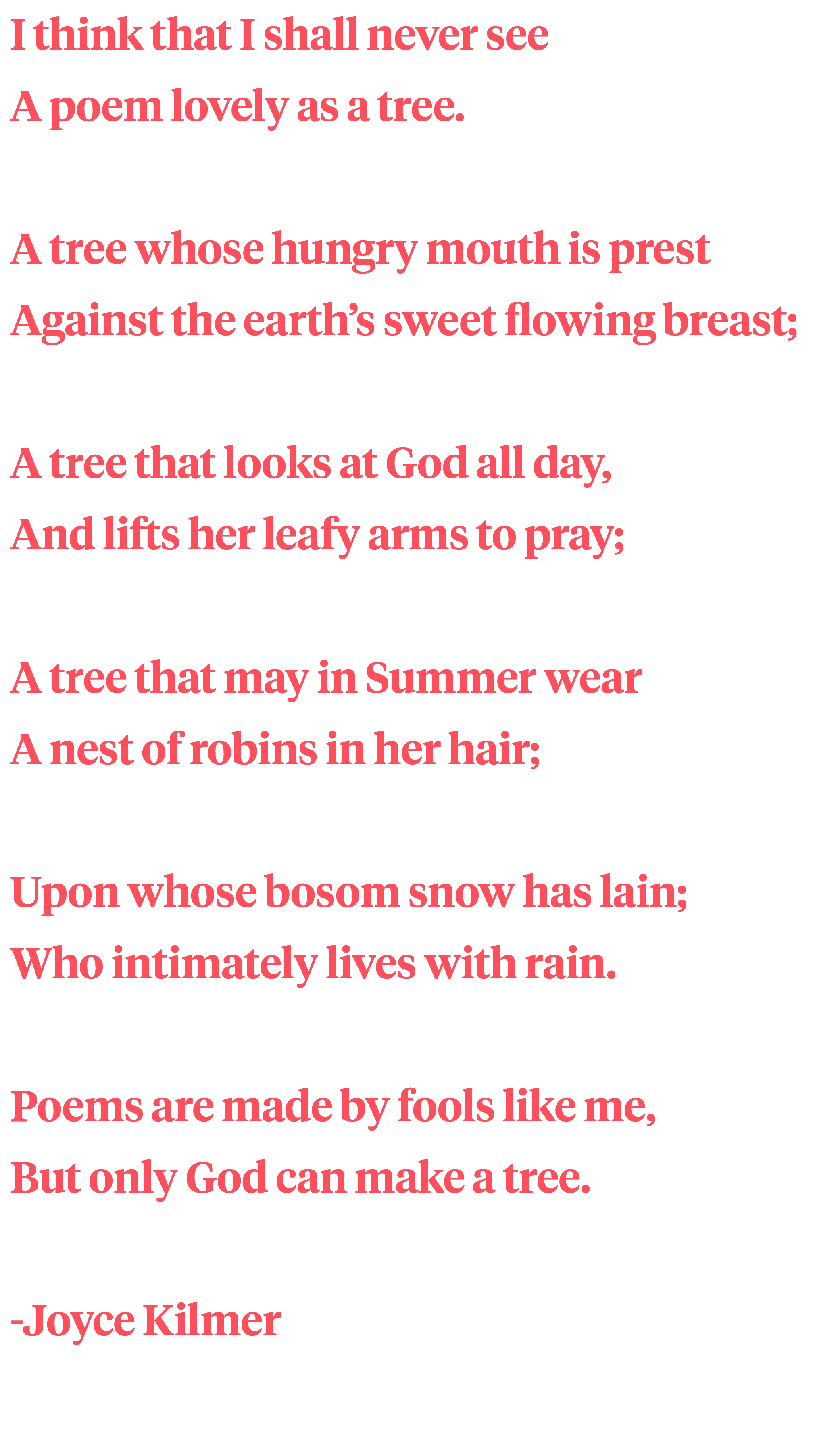
Featured and header image by tu nguyen.

